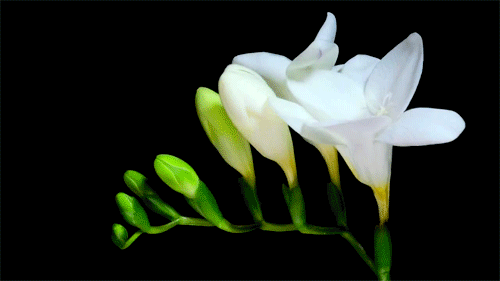



The Stemettes Zine is a curated space tailored specifically to Stemettes but we have plenty of content and updates for you folks too. Sign up to receive the Stemettes newsletter and we’ll keep you updated with the latest from Stemettes HQ including events, activities, resources and fundraising activities.